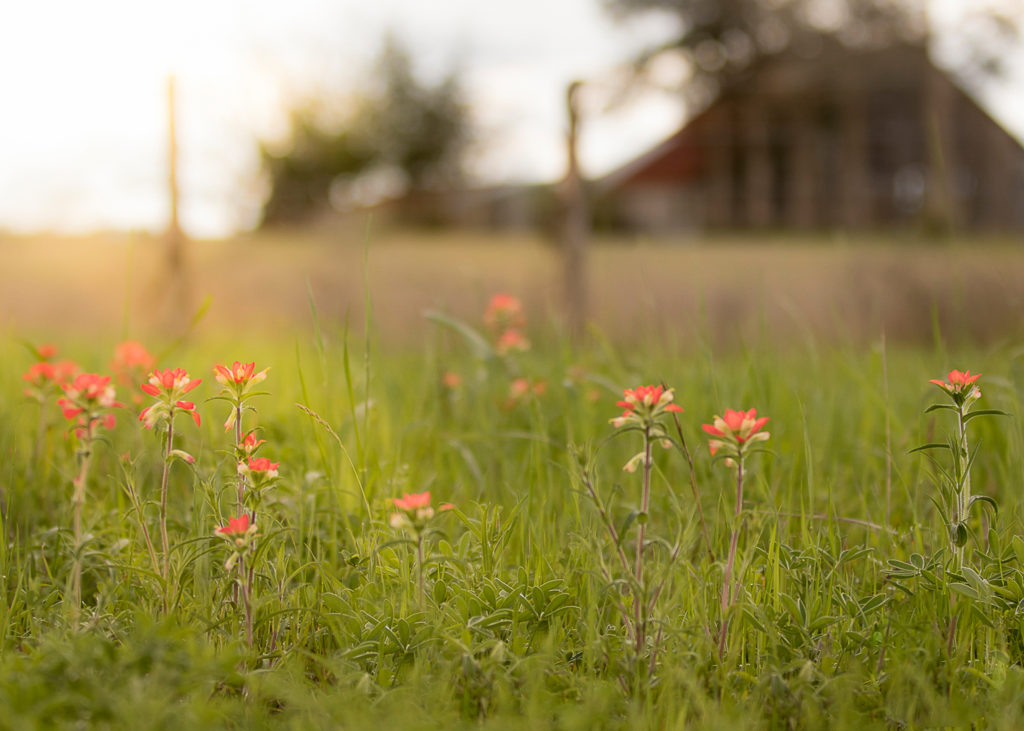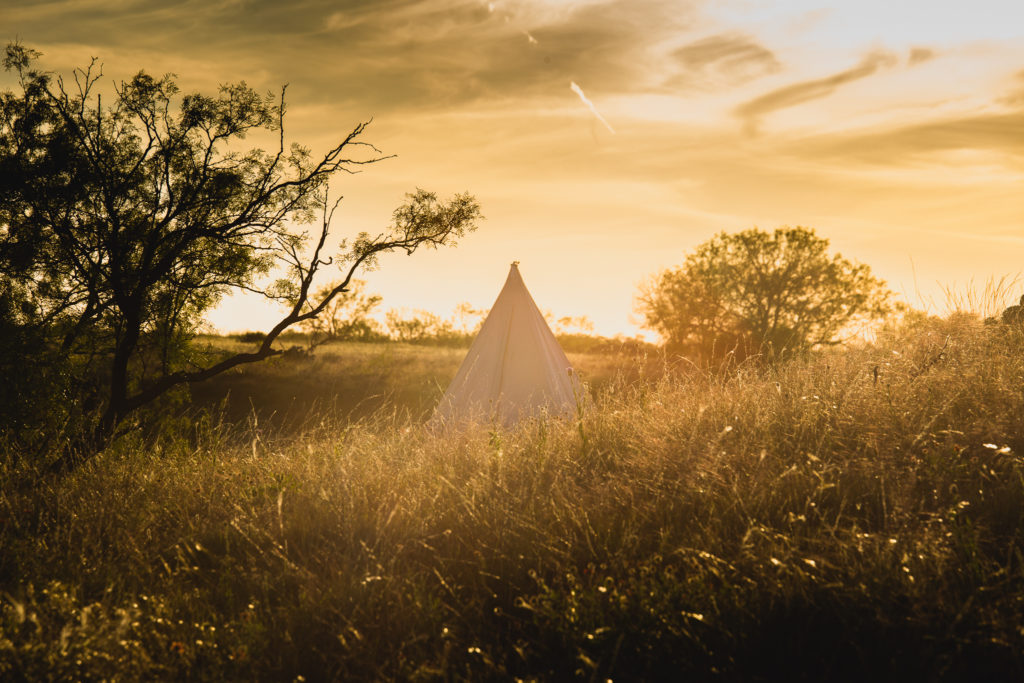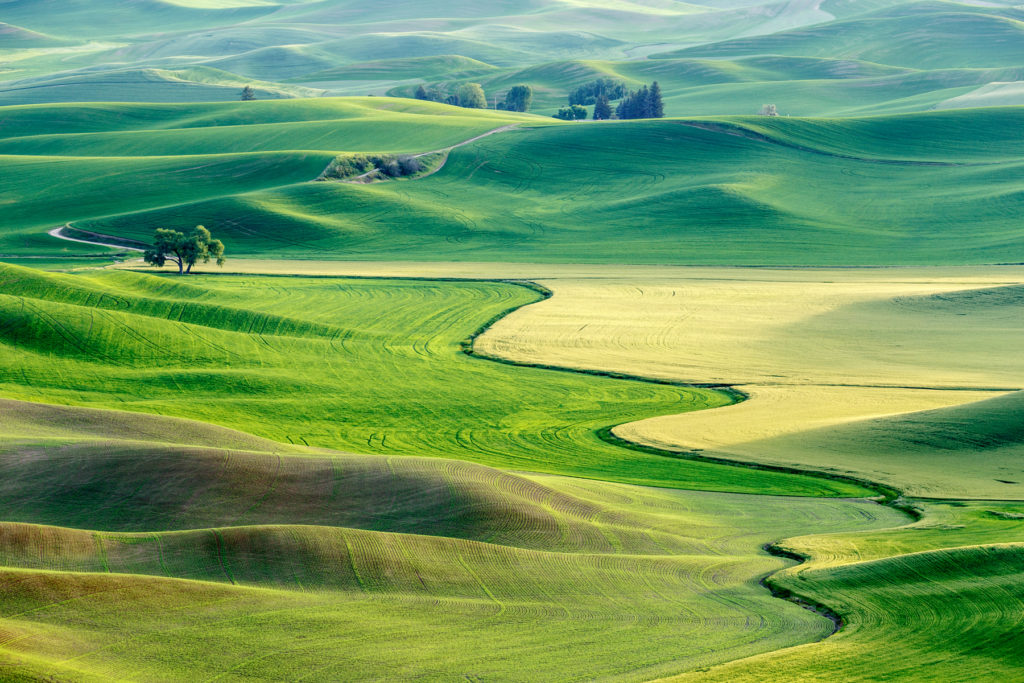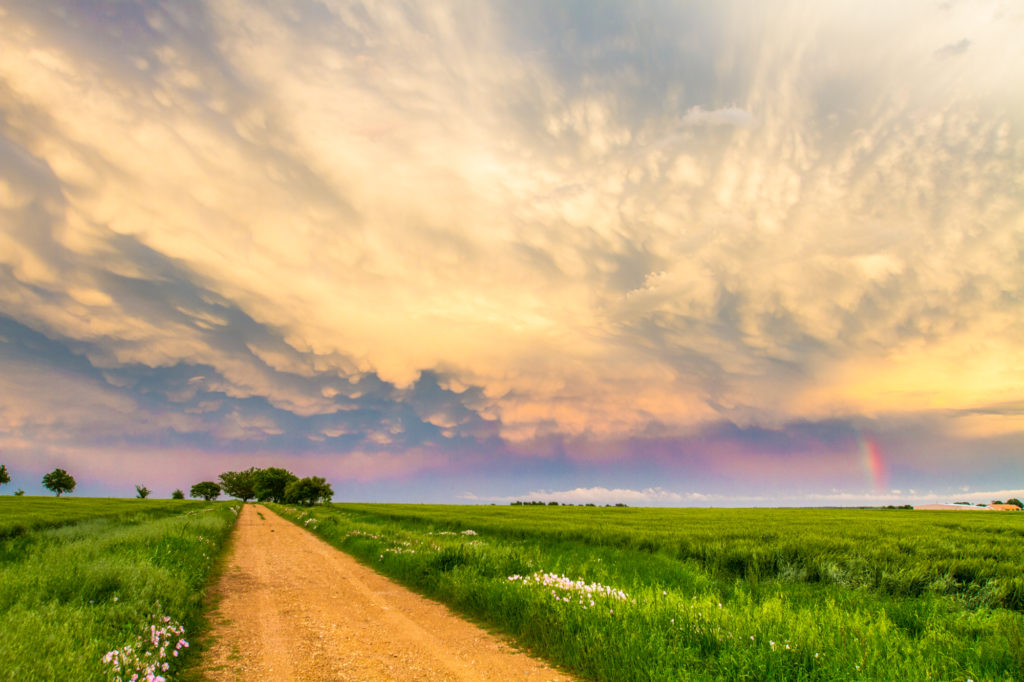March brings us the first day of spring, which means it’s time to get your home and ranch ready for that spring rush.
Everything on that spring checklist seems to happen at once: new chicks, livestock babies, moving manure, planting the garden and new trees, uprooting invasive species, fixing fences, and getting the equipment running. My dad used to say, “Preparation is nine-tenths of the game,” and he was right. Knowing what’s coming, having a plan, and having the supplies and equipment you need on hand, organized, and in working order means you’ll be ready to take action on the long list of chores you’ll want to finish during the spring months.

Livestock and Poultry
- Clean up and spread chicken litter and winter manure on pastures and fields as soon as the ground has thawed and the soil has firmed up. Manure not needed in the field should be piled and composted for fall spreading on field and garden.
- Check all fences: Tighten slack wires and repair breaks or bad posts before turning livestock out to pasture. If you use rotational grazing, start setting up a temporary electric fence to subdivide the pastures.
- Livestock and poultry can go on pasture as soon as the ground firms up. Keep hay available until they quit eating it.
- Prepare pens or paddocks for livestock due to calve, foal, kid, or lamb. Have your veterinary kit updated and ready for any birthing complications, and have the vet’s phone number handy.
- Male kids and lambs should be castrated by the age of 3 weeks and vaccinated by 8 weeks. Calves can be castrated at birth or a couple weeks before weaning.
- Set up the brooder several days ahead of chick delivery date to get the temperature right and stabilized. Have starter feed and grit on hand.
Garden
- To minimize the chance of contamination by fecal pathogens, don’t put fresh manure on the garden in the spring—use compost instead.
- Wait to till the garden until the soil has thawed and then firmed up.
- Start some warm-season vegetables indoors for mid- and late-spring planting: tomatoes, peppers, squash, herbs.
- Plant cold-tolerant seeds as soon as the ground is thawed and not soggy: peas and lettuce first, followed by cabbage, carrot, potato, radish, and spinach.
- Stay on top of weed control.

Orchard
- Finish pruning trees before bud break; Remove the prunings and burn, or brush-pile in the woods.
- Plant new trees.
- Look for and destroy tent caterpillar egg cases and nests.
Equipment
- Make sure all engines start a couple weeks before you think you’ll need them. Check tire pressures and radiator levels.
Woodlot
- Finish up winter pruning, thinning, and firewood harvest.
- This is a great time of year to uproot invasive species like buckthorn, since the soft ground of early spring makes pulling easy, whether you use hands, a mechanical puller, or a chain on the back of a tractor or ATV.
- Plant grass and clover seed on bare spots in your woods trails.

Kitchen and Cold Cellar
- Clear out the last of the root vegetables and save seeds from those that kept the longest.
A Final Note
Timing is everything in the spring, from getting seeds in the ground when the soil temperature is right to arranging lambing, calving, foaling, or kidding to happen when it works best in your system. Many folks like to birth their livestock in late winter; I prefer warmer weather when there’s clean green grass but before fly season really takes off – around here in Wisconsin that’s on average from mid-April to early May. I like to get the fruit trees pruned before it’s warm enough for fungal spores to be floating around looking for wounded wood to infect, and before new leaves obscure the branch structure.

Lastly, learning how to synchronize your rotational grazing system with the rate of grass growth will maximize pasture production and save you from buying a lot of hay in a drought – though you may still have to buy some. I cover the topic of grazing in my most recent book, and there are plenty of resources available on-line or through grazing groups as well.
Ann Larkin Hansen is the author of several books, including The Backyard Homestead Seasonal Planner: What to Do & When to Do It. She lives with her family on their farm in northern Wisconsin.
Photography (top to bottom): New to the World by David Strozdas, Simple Life by Jeanne Harford, Solitude by Erica McCrary, Sculpted Fields of the Palouse by Carla Francis, The Golden Light by Crystal Gibson
More Spring:
Ramp up for WildFlavor and the Cowgirl Spring Roundup at The Resort at Paws Up
Fashion Finds: Spring Boots, Bags, and Hats
How and When to Roam Free at any National Park in 2018














